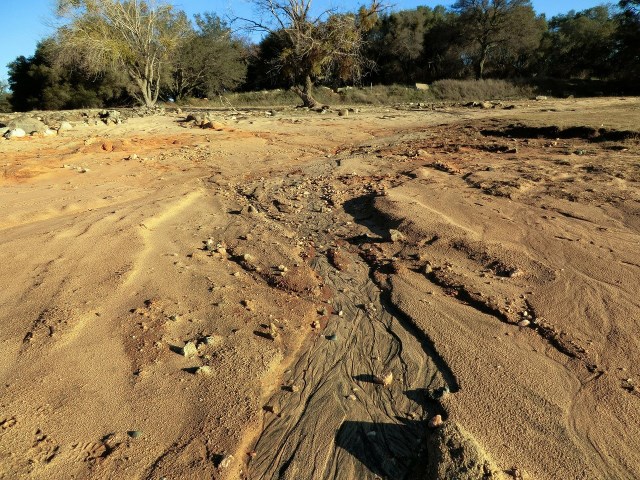[wp_ad_camp_2]
Soil erosion happens when wind or water carry soil away. This is a natural occurrence, but the process is sped up in areas where the land has been misused. Soil erosion occurs much faster in places where plant cover has been removed because of logging, burning pastures, too many animals, or bad farming practices. In addition to the loss of soil, any agricultural chemicals or other pollutants in the soil are carried into water sources causing damage there as well. The formation of soil from the breakdown of organic matter takes a long time, but that soil can be carried away by erosion in a relatively short amount of time.
In this experiment, we will discover how the shape of the terrain affects erosion as well as how plants and trees help to prevent it.
Materials Required
- 3 foil or plastic pans (at least 8×8)
- A pitcher of water
- 6 cups of play sand
- 16 oz. Styrofoam cup
- Pencil or pen
- Paper towels
- Journal (to record findings)
Procedure
Set your 3 pans side by side 6 to 8 inches apart.
Place 2 cups of sand into each pan.
Shape 2 of the sand piles into mountains in the middle of their pan. Flatten out the 3rd pile so that the bottom of the pan is entirely covered.
Make a prediction of what you think might happen if rain were to fall on the mountains and what your think might happen if rain fell on the flattened out sand.
Write your predictions down in the journal.
Use the pencil or pen to puncture the bottom of the Styrofoam cup. Cover the hole with your finger and then fill the cup half full of water from your pitcher.
Holding the cup around 12 inches above the pan with the flattened sand, move your finger and allow the water to trickle out onto the sand. When the cup is empty, examine the sand and record your findings in your journal.
Repeat the procedure explained in step 6, but this time trickle the water onto one of the pans with the mounded up pile of sand. Remember that the experiment must be conducted exactly the same on all of the pans for accurate results so be sure to fill the cup half full and hold it the same distance above the sand. Watch what happens when the water trickles onto the mountain of sand and record what happens in your journal.
Take your paper towel and lay it over top of the last mountain of sand. The paper towel represents the brush, grass, and other plants that would grow on a real mountain. Again, fill your cup half full of water and hold it 12 inches above the mountain and let the water trickle out onto the towel covered mountain until it is empty. Record what happened to the mountain that was covered with simulated plant life.
Review your Findings
Did you correctly predict what would happen with each pile? How did the shape of the sand influence how much erosion occurred? Of your three pans, which one had the most erosion and which had the least?
You’ll probably notice that the paper towel covered mountain had the least amount of erosion. This demonstrates how the roots of plants help to hold the soil in place and protect it. The roots act almost like glue to hold the soil together so that wind and rain cannot carry the soil away as easily. Without plants, the soil will be carried away much more rapidly.
Wind, rain and rivers can wear away topsoil quickly as can be seen by the below photos. And when you finished this project, try some of the others in the Earth Science Category …


[wp_ad_camp_2]

